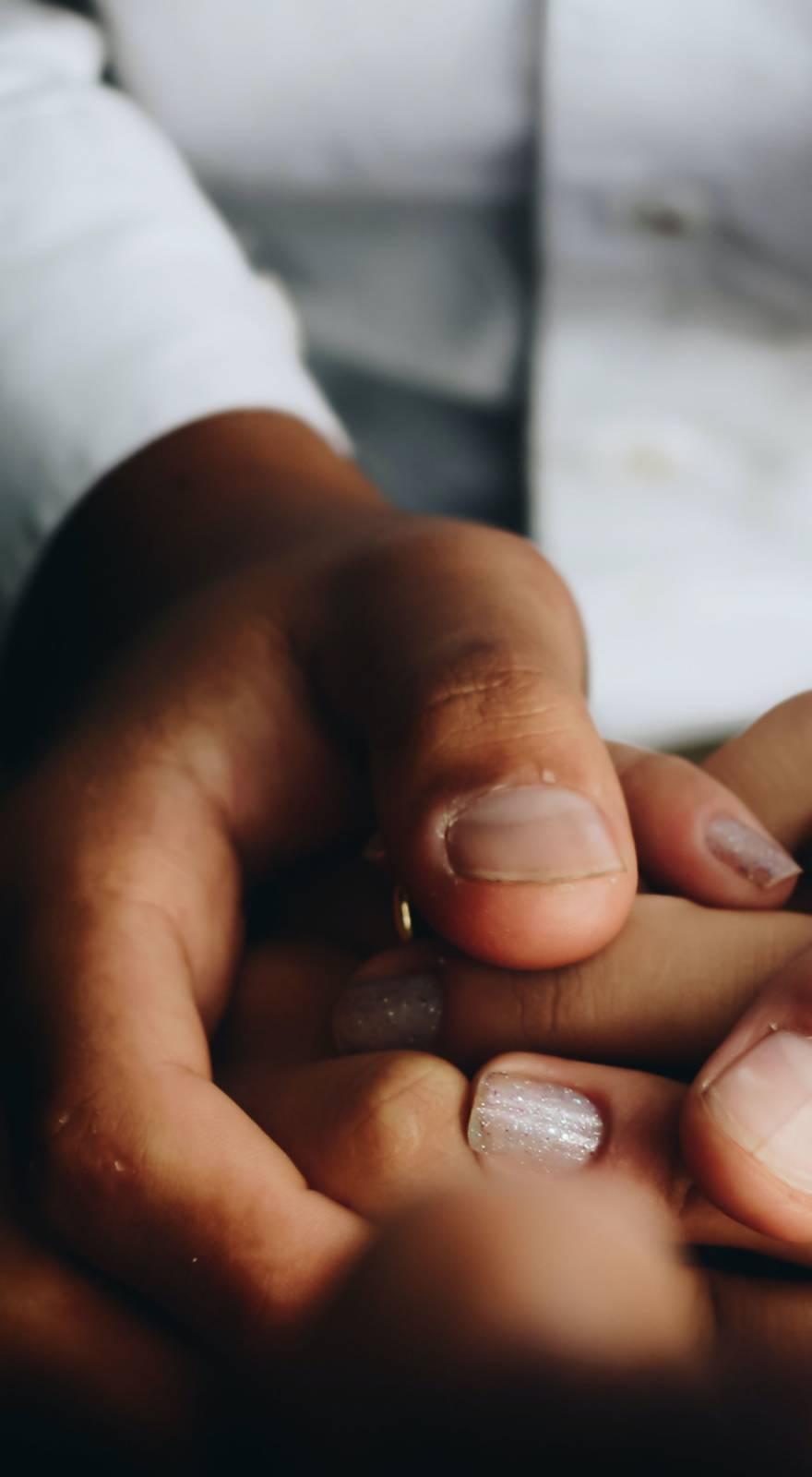Knowde Enhanced TDS
Identification & Functionality
- Plastics & Elastomers Functions
- Technologies
- Product Families
Features & Benefits
- Materials Features
- Key Features & Benefits
With Adaptive3D Technologies materials, you can create stronger, tougher, and more-strainable parts that have high accuracy, isotropic properties, and great printability.
- Soft AM photopolymer (Shore A 28.6)
- Silicone/TPE feel
- High strain, tensile strength, and toughness
- Large part size, high resolution, smooth surface, and black color
- One-part polymer resin system
- Product Highlights
What if you could rapidly print soft, flexible parts? What if you could rapidly print soft, flexible parts with functional end performance, complex geometry, and fine feature sizes? Designed for functional prototypes of audio ear buds, wearable electronics, and anatomical medical models Soft ToughRubber (STR) delivers silicone feel and mechanical properties with the resolution and surface finish that DLP® printing provides. Soft ToughRubber is the newest product in the ToughRubber family, a class of one-part, one-pot, rapid curing photopolymer resins with high-throughput print speeds. With Adaptive3D Technologies materials, you can create stronger, tougher, and more-strainable parts that have high accuracy, isotropic properties, and great printability. ToughRubber™ opens up advantages for 3D printing that have not been available before the launch of this product family, which makes ToughRubber™ materials the premium flexible AM materials on the market.
Applications & Uses
- Markets
- Plastics & Elastomers End Uses
- Applications & Use Cases
- Functional Prototypes
- Audio ear pieces
- Wearable electronics
- High-quality 3D prints out of soft, flexible materials
- Printing tough and flexible parts that are usable and functional
Properties
- Typical Properties
| Value | Units | Test Method / Conditions | |
| Viscosity | 560 | cP | ASTM D2196 |
| Liquid Density | 1.019 | g/mL | ASTM D792 |
| Hardness (0s) | 36 | Shore A | ASTM 02240 |
| Hardness (10s) | 24 | Shore A | ASTM 02240 |
| Glass Transition (DMA) | -4 | °C | ASTM 04065 |
| Compression Set (25°C/25%/22hrs) | 5 | % | ASTM D395 Method B Type 1 |
| Fracture Toughness | 1.6 | MJ/m3 | ASTM 0638 Type V |
| Fracture Toughness | 1.7 | MJ/m3 | ASTM D412 Method A Die C |
| Elongation at Break | 245 | % | ASTM 0638 Type V |
| Elongation at Break | 255 | % | ASTM D412 Method A Die C |
| Ultimate Tensile Strength | 1.5 | MPa | ASTM 0638 Type V |
| Ultimate Tensile Strength | 1.4 | MPa | ASTM D412 Method A Die C |
| Tear Strength | 5 | kN/m | ASTM D624 Die C |
| Compression Set (70°C/25%/22hrs) | 10 | % | ASTM D395 Method B Type 1 |
| Storage Modulus (25°C) | 0.8 | MPa | ASTM 04065 |
| Hardness | 28.6 | Shore A | — |
| Bayshore Resilience | 4 | % | ASTM D2632 |
Regulatory & Compliance
- Certifications & Compliance
Technical Details & Test Data
- Biocompatability
Test Test Result Grade Test Site STR - Cytotoxicity (Printed) ISO - 10993-5 Pass NAMSA STR - Skin Irritation (Printed) ISO - 10993-10 Pass NAMSA Passed Bio-Compatibility Testing
Test conducted at NAMSA Testing Labs (namsa.com) and test procedure was followed as per ISO 10993 standards
ISO 10993-5 ISO 10993-10 Material Cytotoxicity Irritation STR Pass Pass

